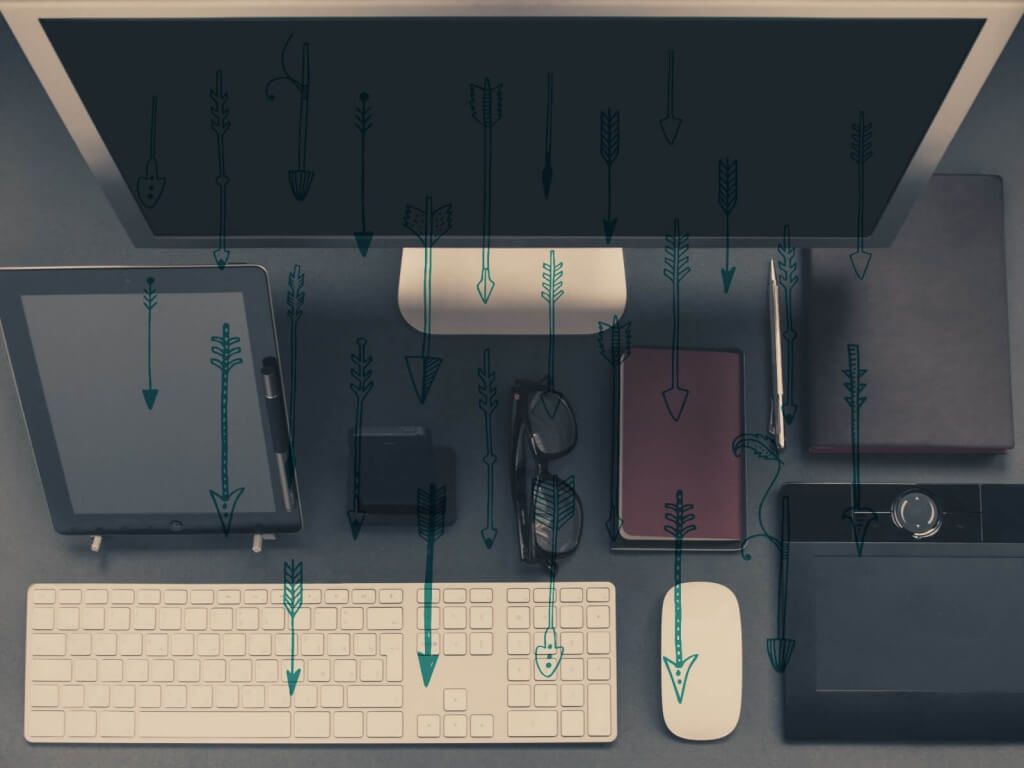Share
The client’s intention when creating digital projects, generally described, is what is helpful for:
- Earning money.
- Saving money.
The problem is how to achieve any of them if these two things are almost never clear enough.
No matter how the client presents its idea, we need to consider that hiring our services means a financial outlay for the client.

This economical transaction between the client and the designer can be seen in two different ways:
- Expense (the client) – Income (the designer).
- Investment (the client) – Income (the designer).
There is a third option that will implicate an investment of the client and also of the designer, in which the designer reduces it’s income and invests it’s time, what will mean a price reduction in the quotation, in exchange for publicity, the opportunity to find new clients, etc.
This nuance in the expense or investment perception is essential for the client and the designer to measure the success of a project.
Expense or investment, why is important?
The difference between expense or investment is simple. We make an expense to buy a product or a service and enjoy it without further pretensions. However, the investment is a payment that we make with the intention of having some repayment, also called ROI (Return Of Investiment, what we have earlier defined as expending money or saving money).
If our client thinks that the design is just an expense it’s a two-edged sword. The human beings make expenses to satisfy all kind of necessities. We can buy trainers for 120€ just because we like them; as our client will be willing to pay us X € to create a web site that he likes or a platform with the functionalities that he wants and how he wants them. So far so good. Designers feel comfortable like this (leaving out the tantrum “Make my logo bigger”). Our work ends with the acceptance of the design for the client or uploading the web site that we have been hire for.
The danger comes when the client (he has esteem for his money, as we do) realizes that his expenses are too high and decides to cut the dispensable ones. Guess which one is the first one he sees as unnecessary? Exactly, the 120 € trainers. The design work and how it can contribute to a business is usually understood as superfluous.

At this point, it’s time to reduce the rates, work like animals for ridiculous prices, looking for new market opportunities…
What if we are the investment?
The designers work loses part of its magic, presenting a project with a smile and that feeling… It rocks, doesn’t it? (well, it was better with the smaller logo in the first version I presented). The biggest challenge is no longer that our client, our colleagues or ourselves like it. Suddenly we have the responsibility that our work needs to achieve measurable expectations. The result is now measurable, beyond the right or wrong scale or the one: it rocks a lot-somewhat-not at all.
Personally, I love that my work can be palpable for my client (or my boss), beyond just an ok. Creating expectations to be answered with my work, with clear and unequivocal results (positive or not), allows me to quantify the value of my effort in a better way. In other words, the challenges “turn me on”.
In my next post, we will endeavor to find the keys that allow us to change our clients perception about our work and the effects that we can have in their business.
Share

